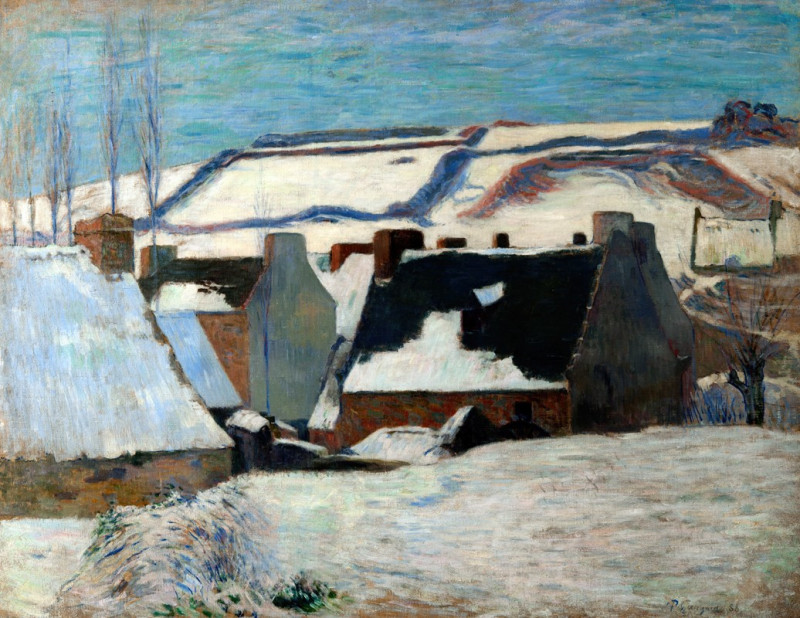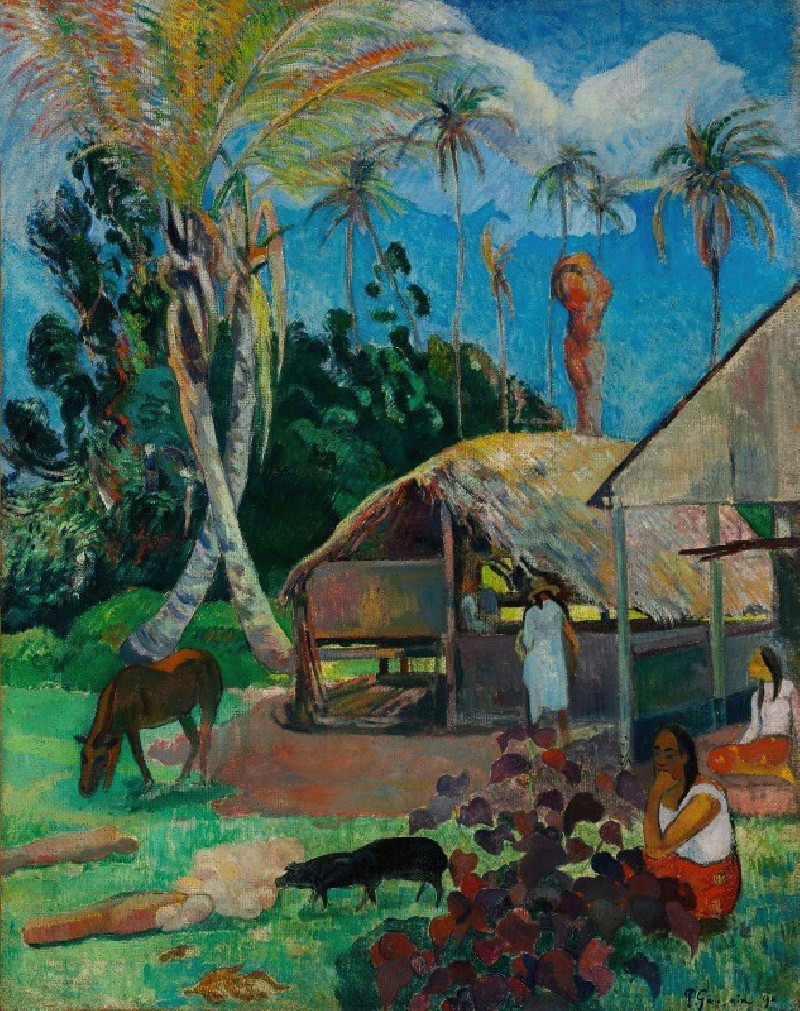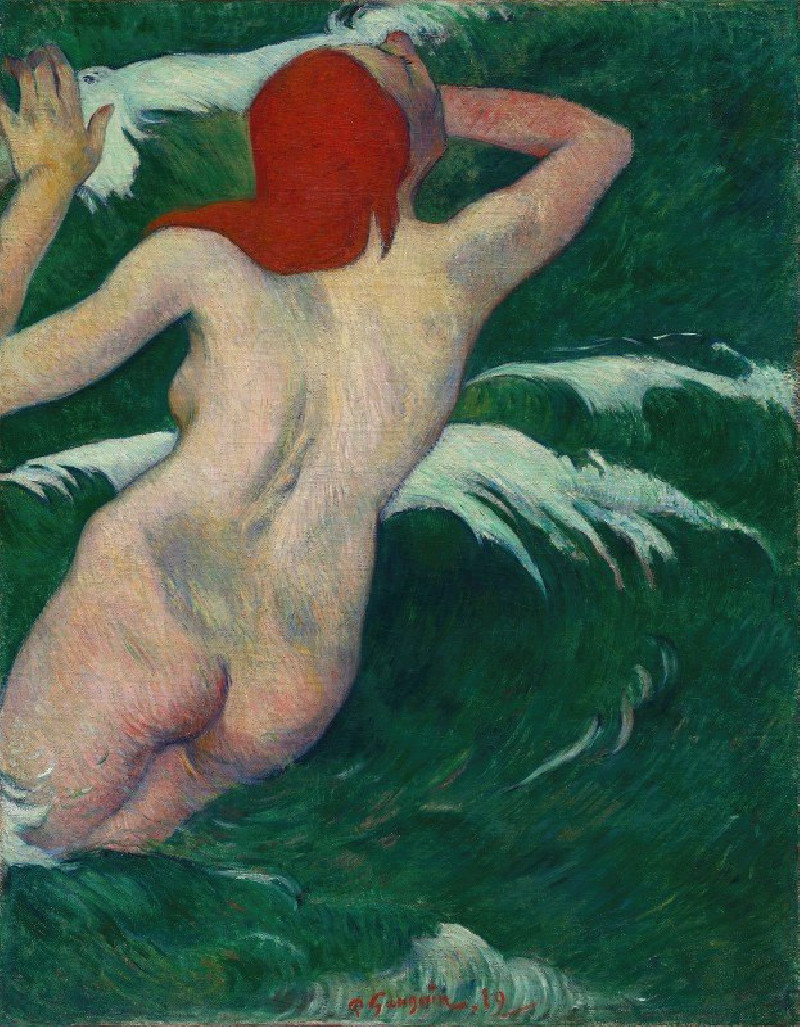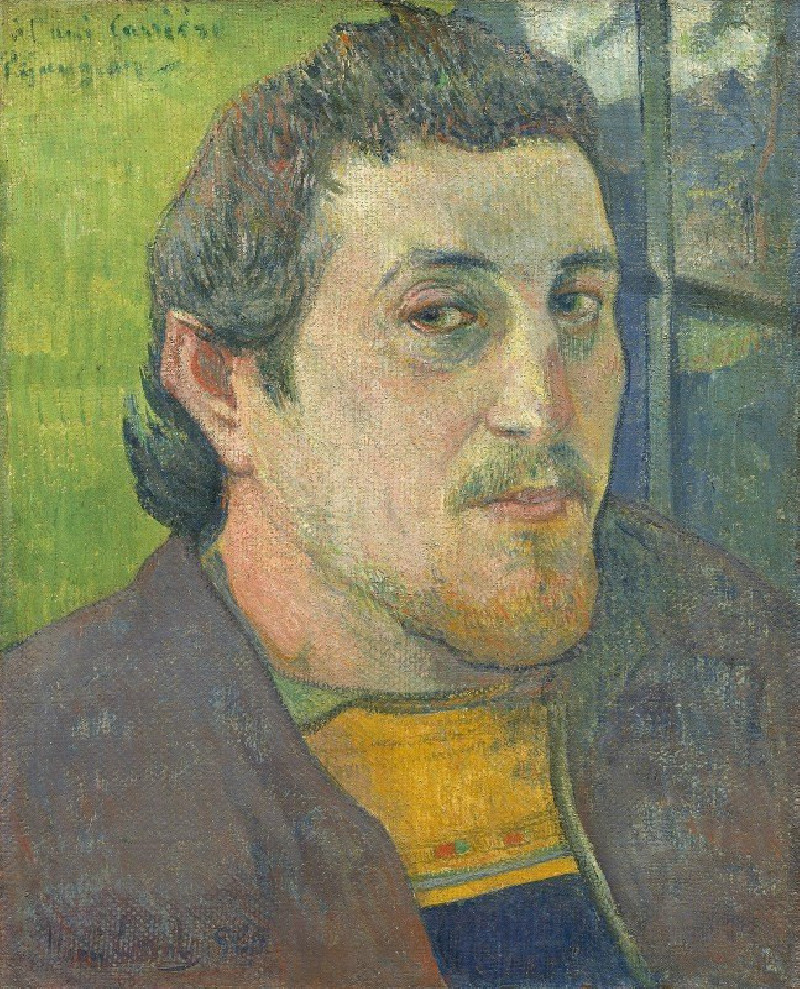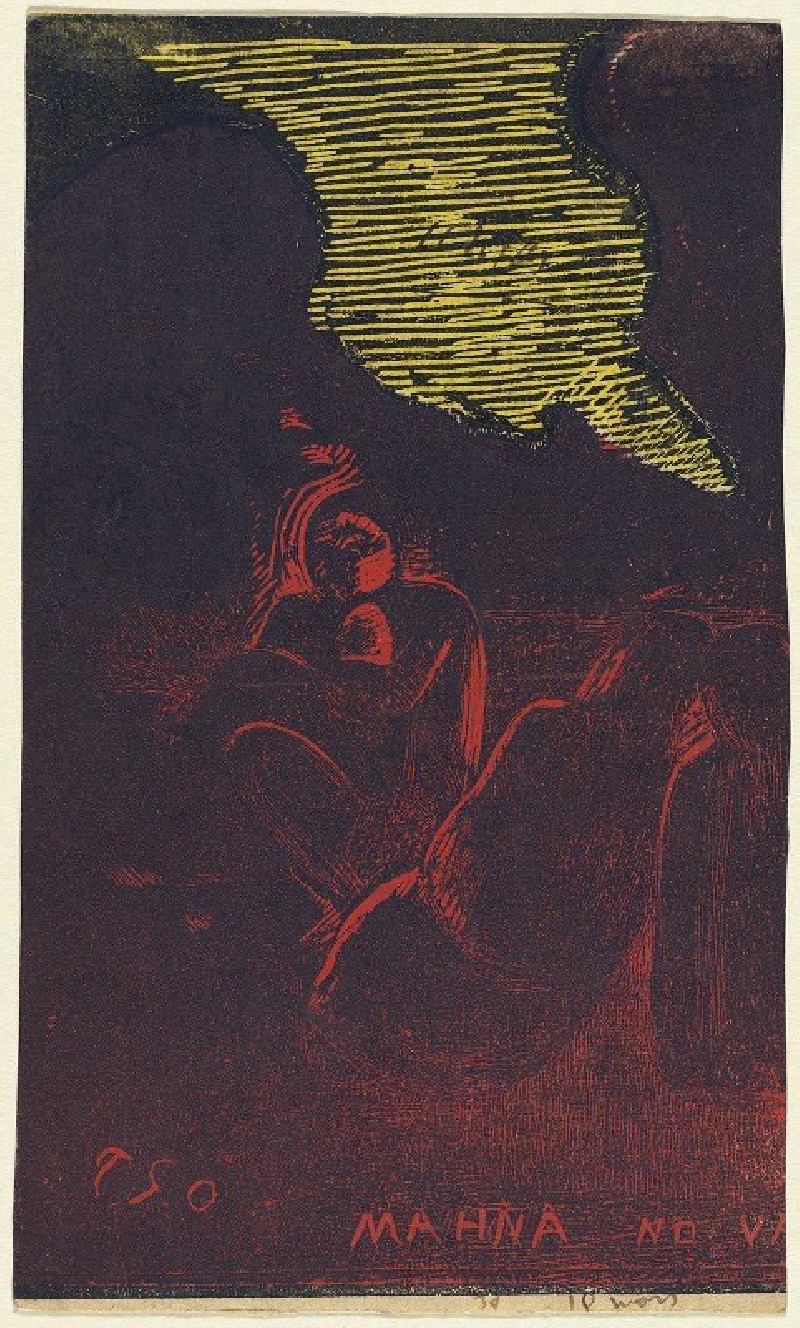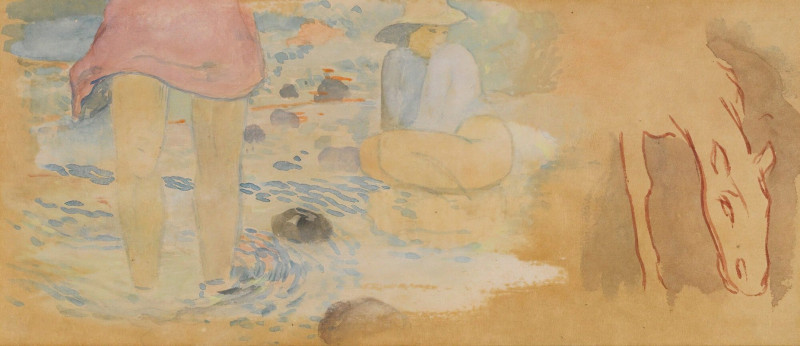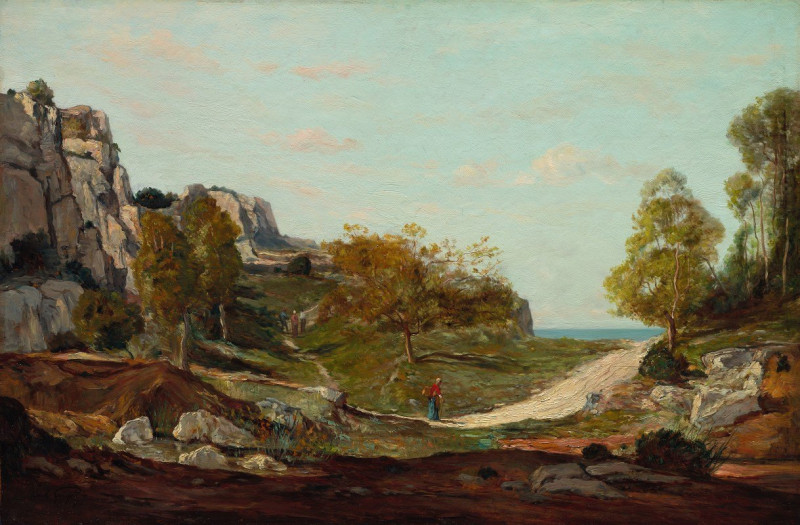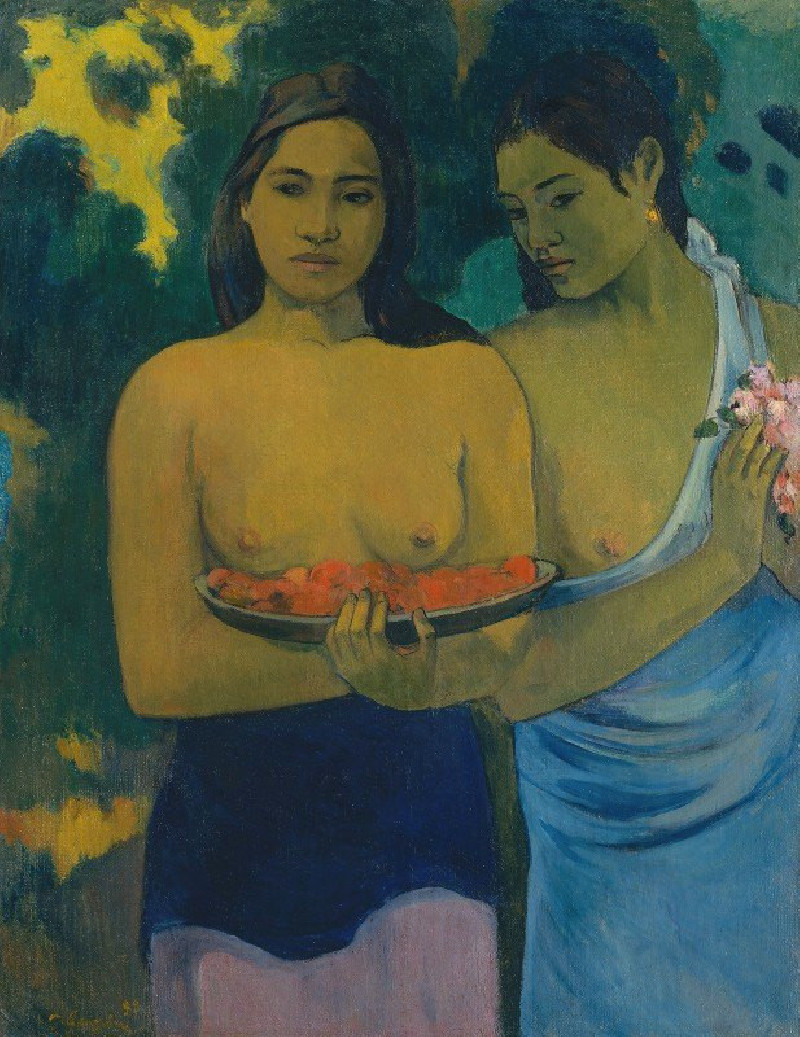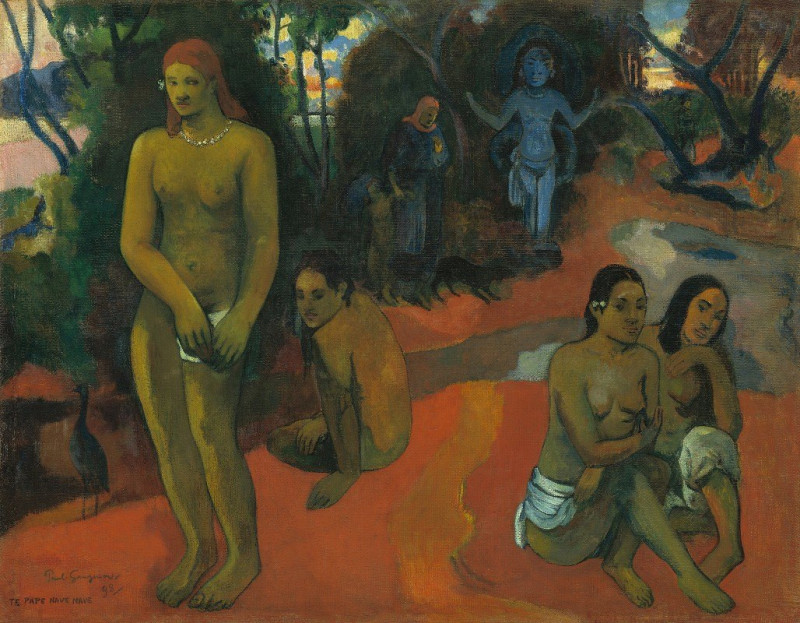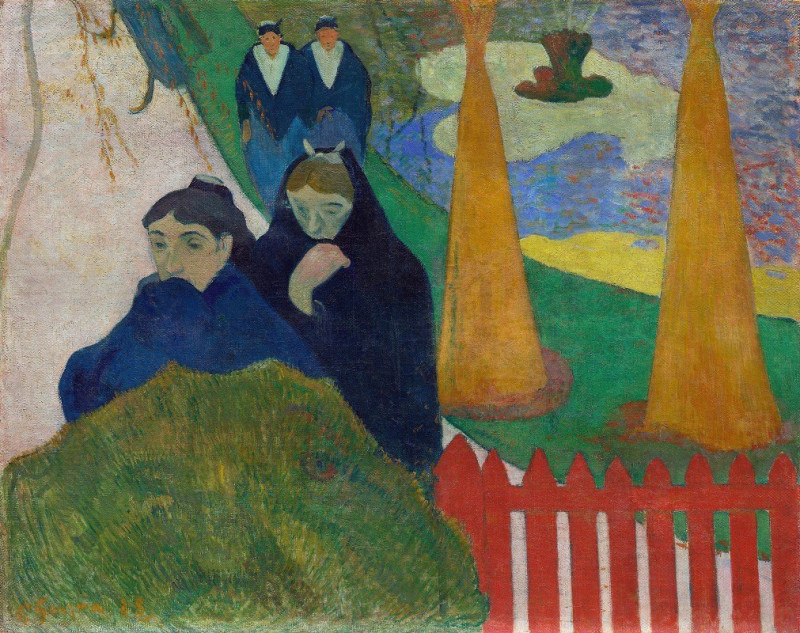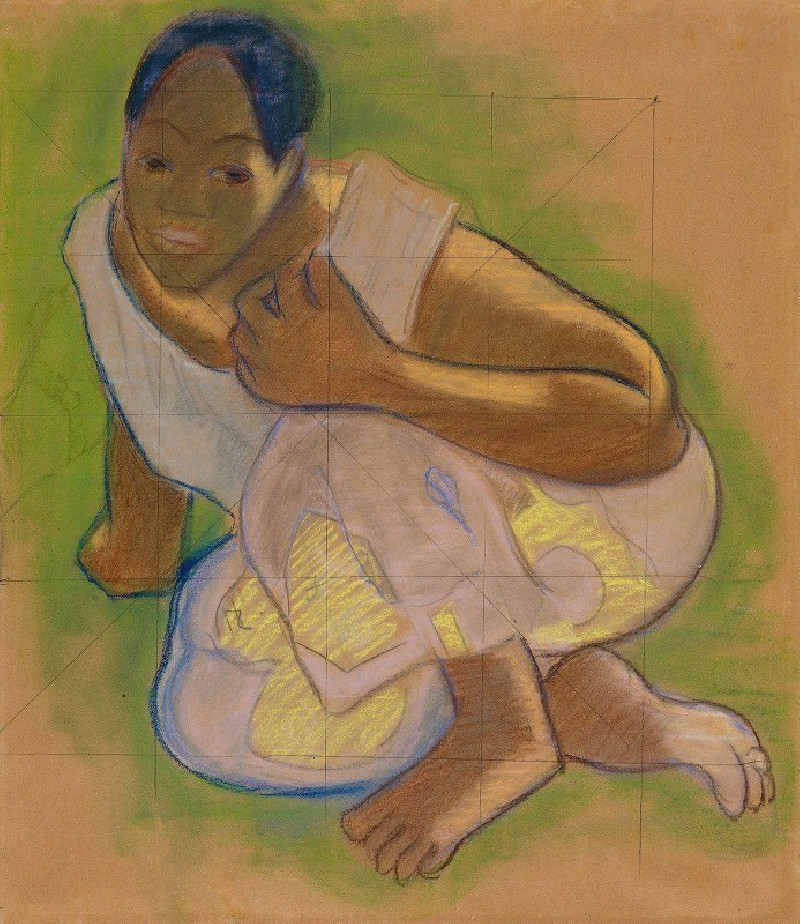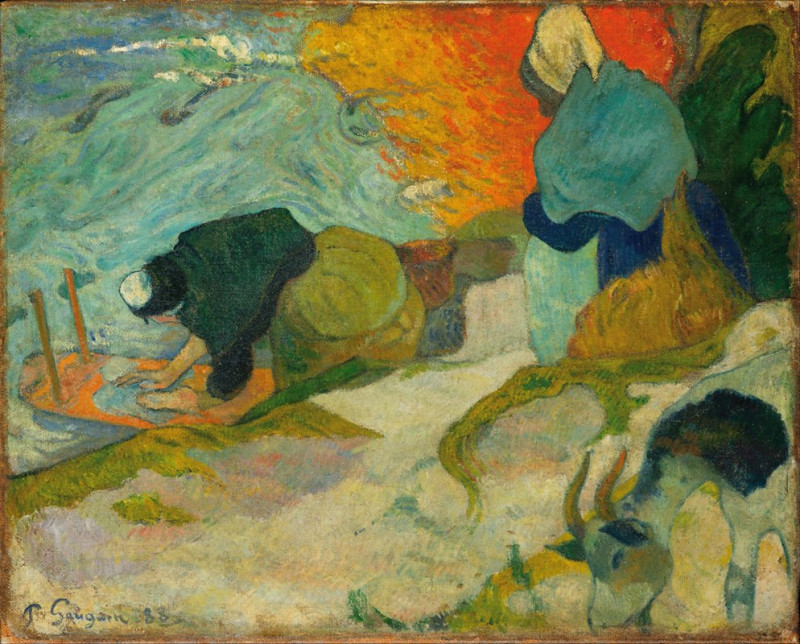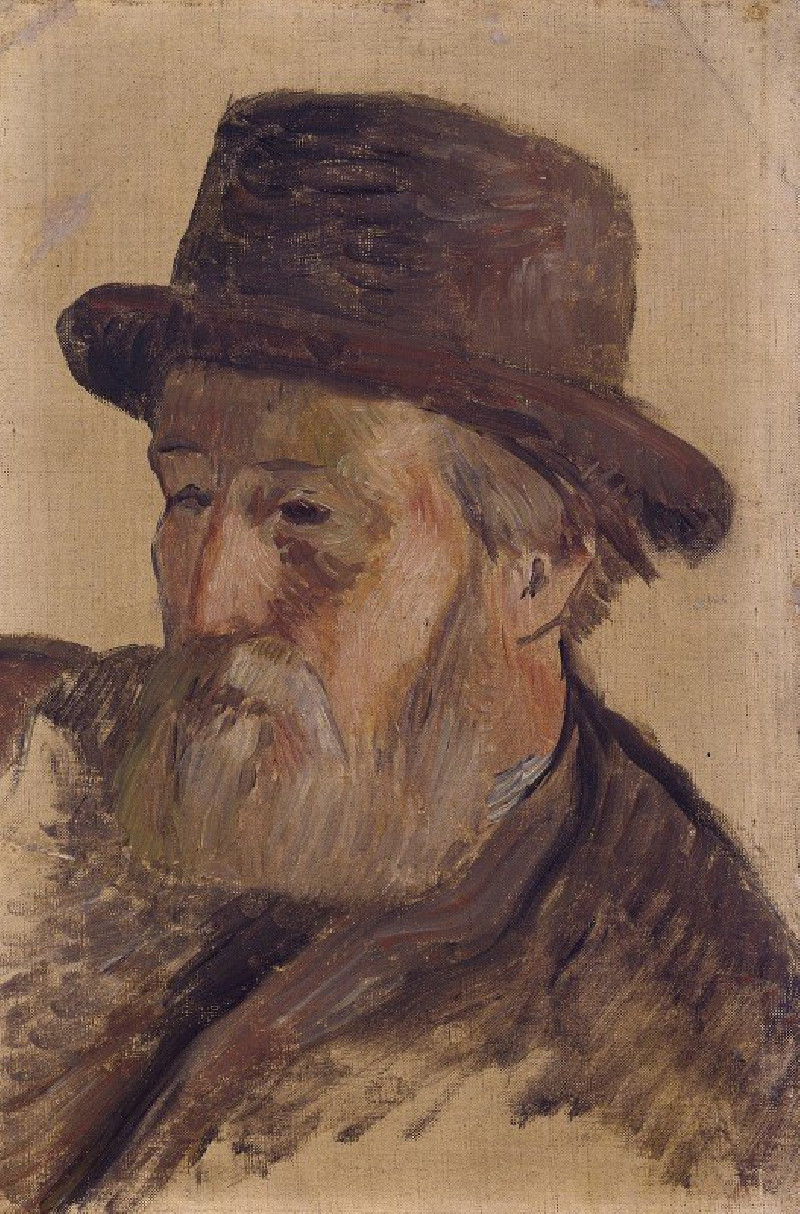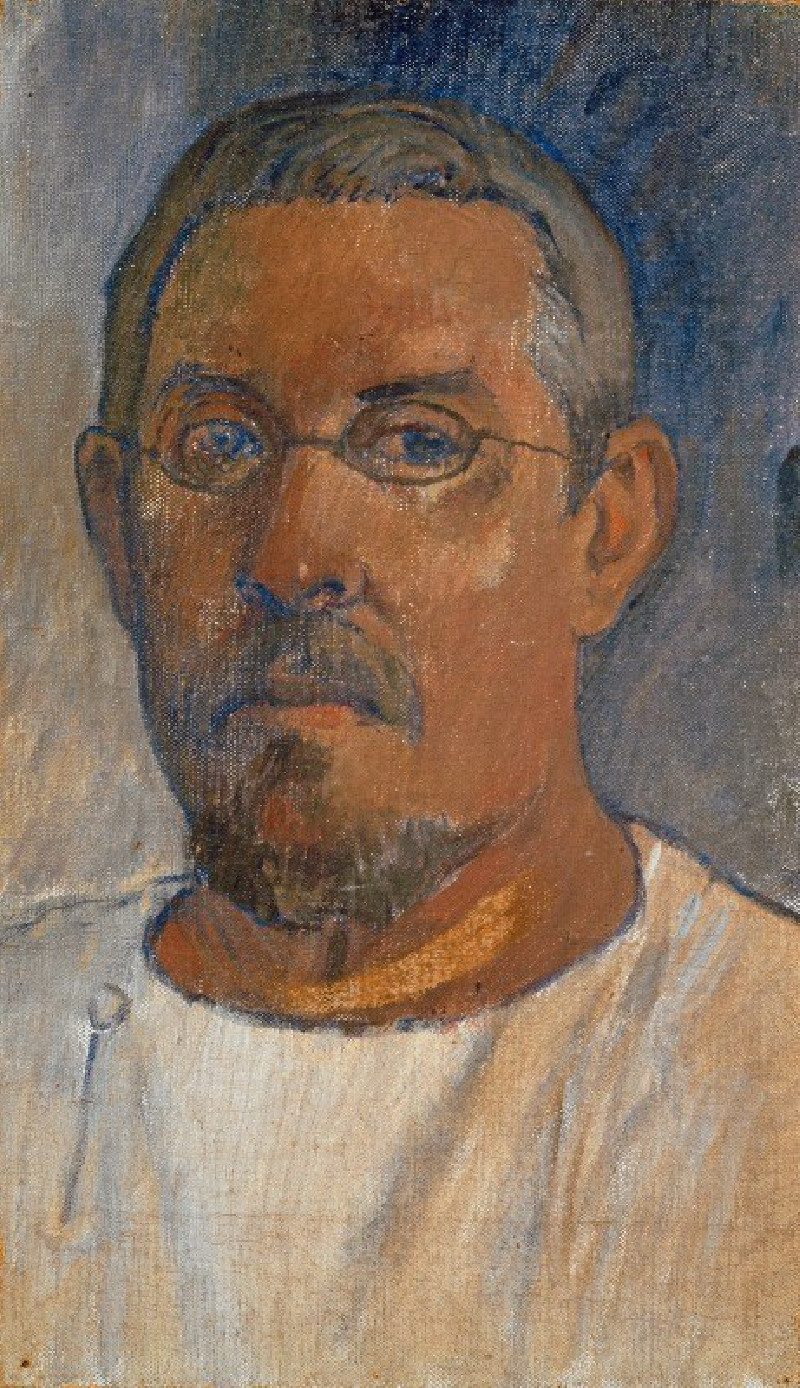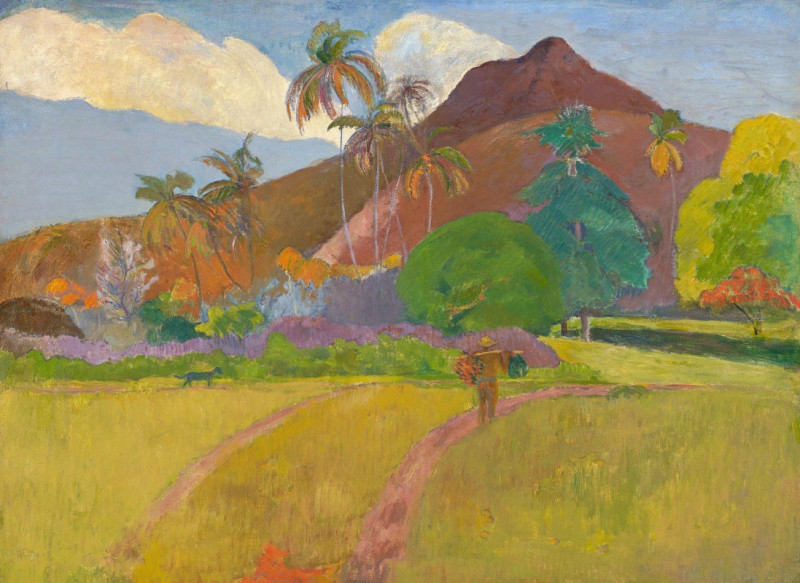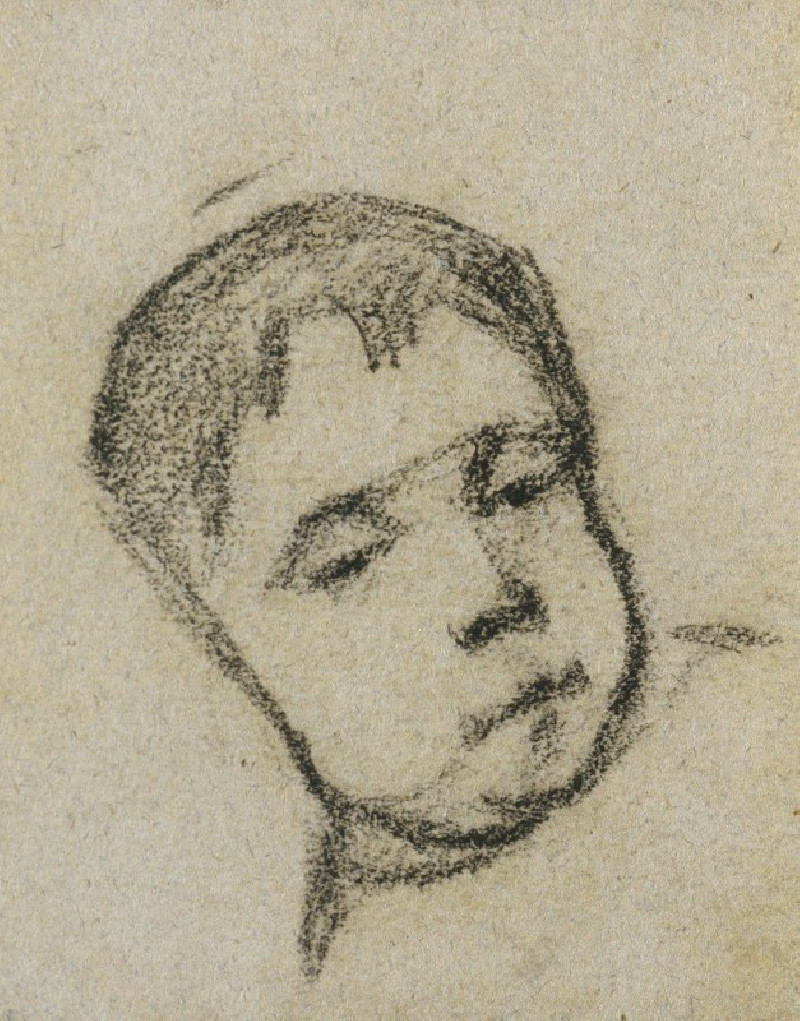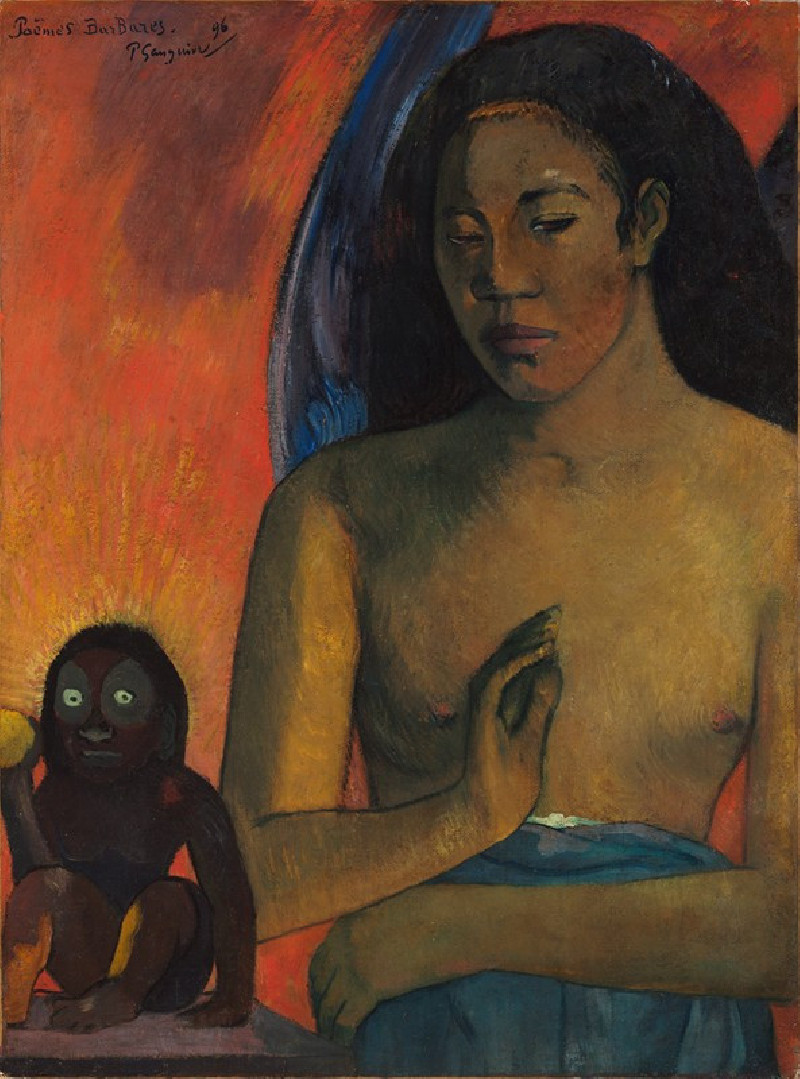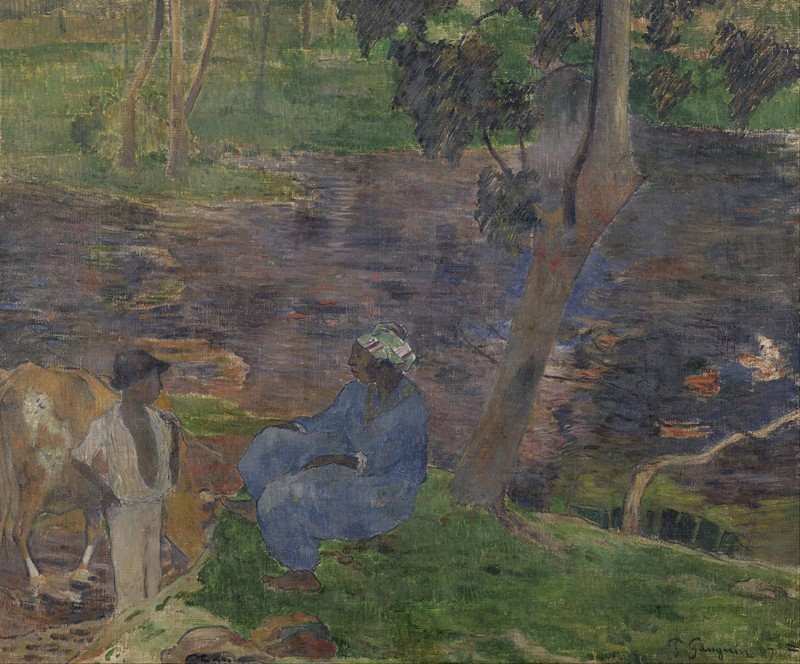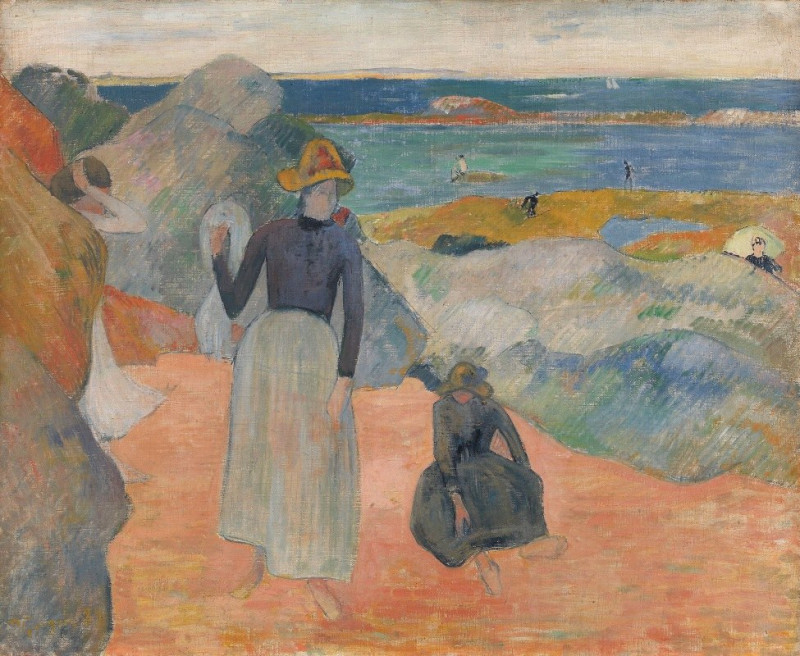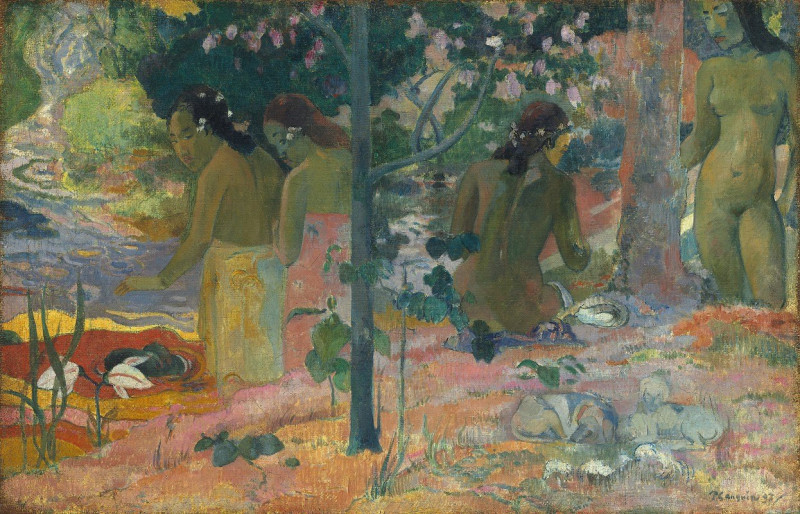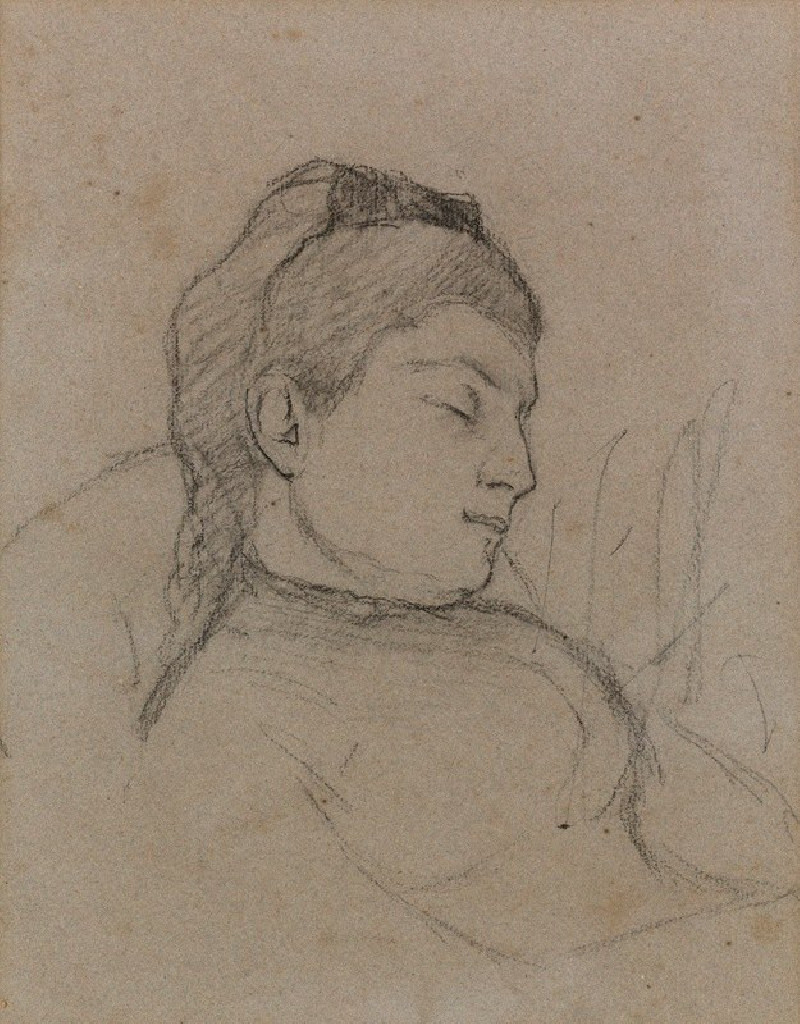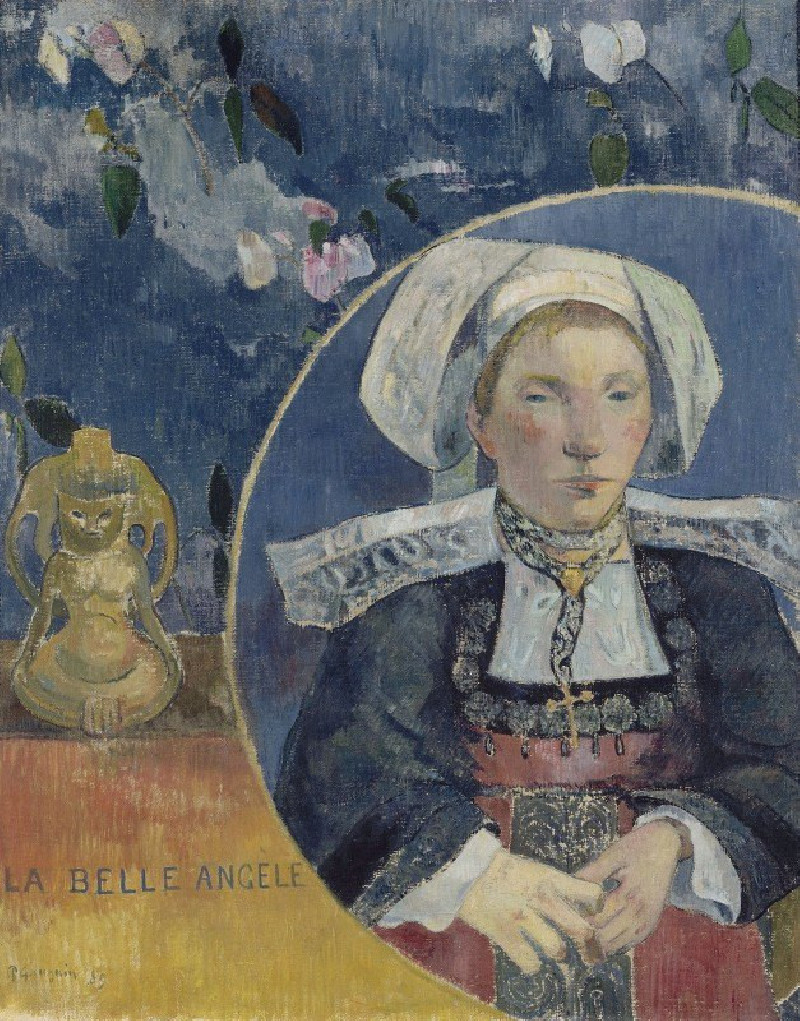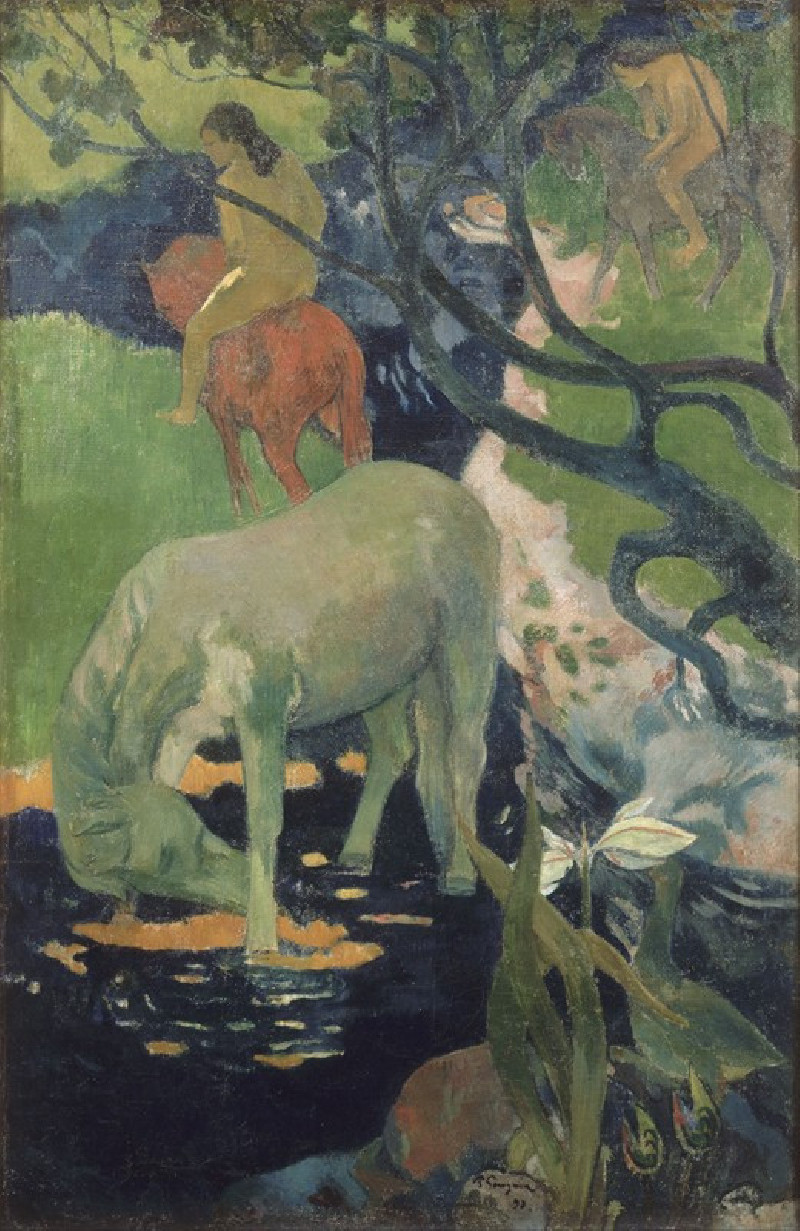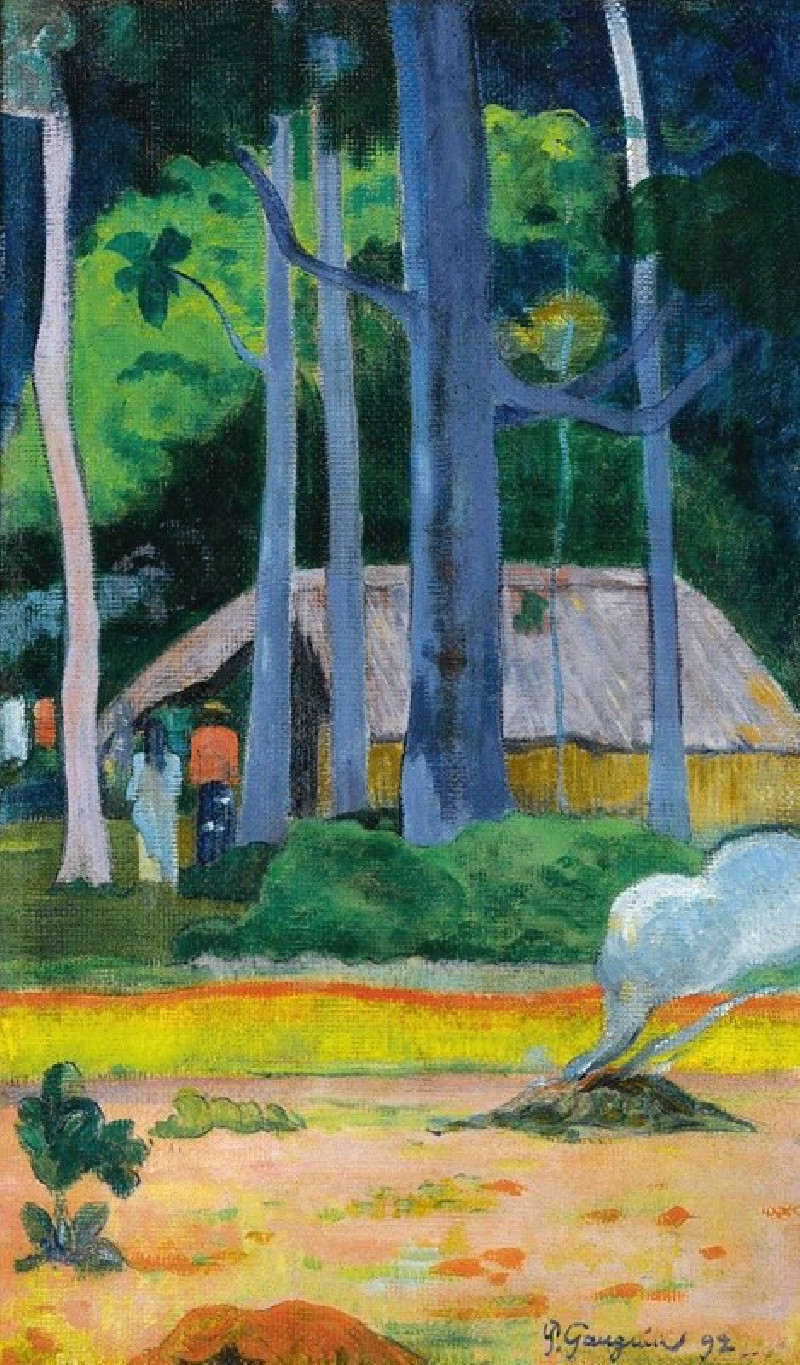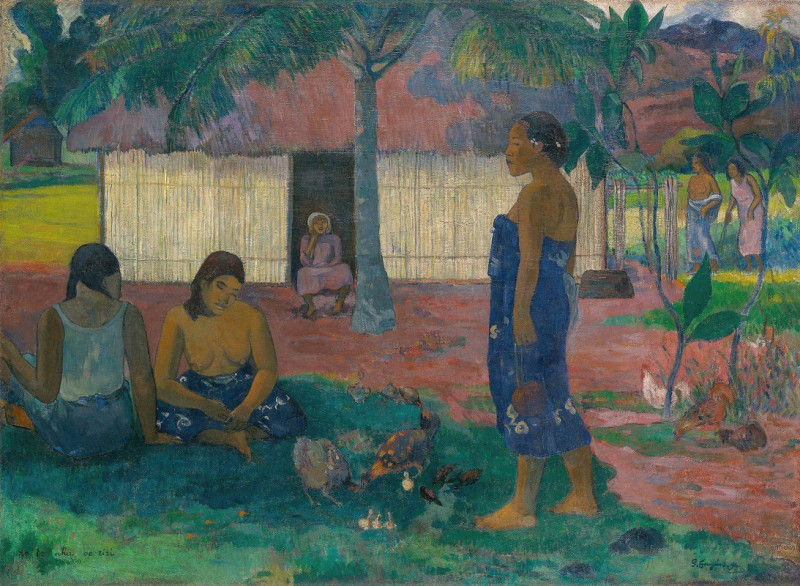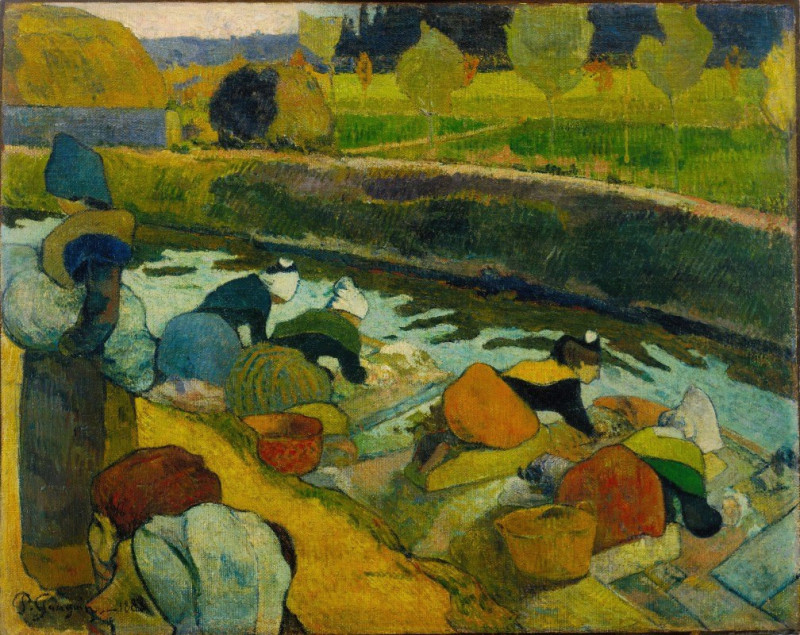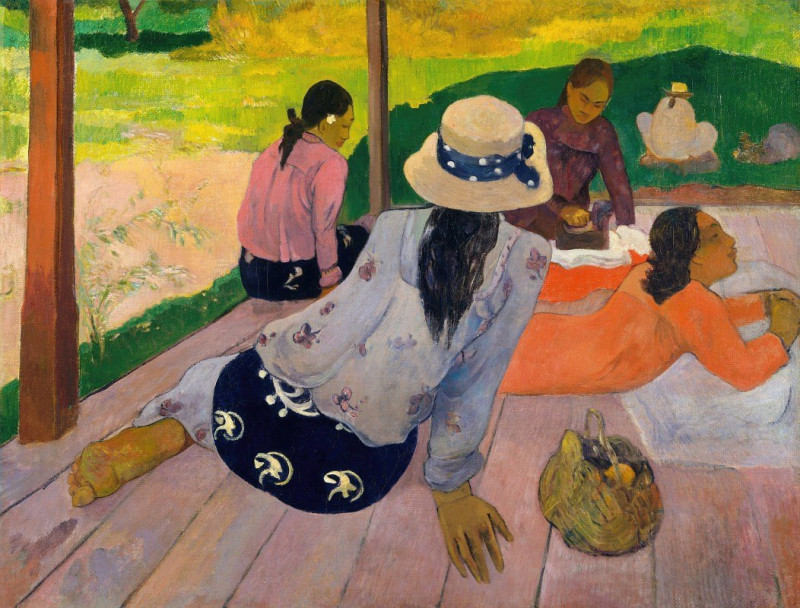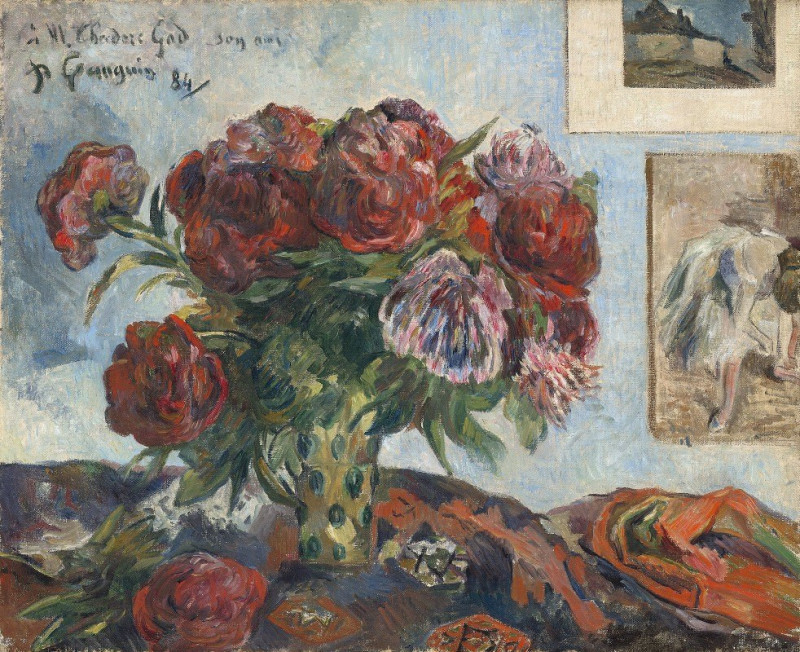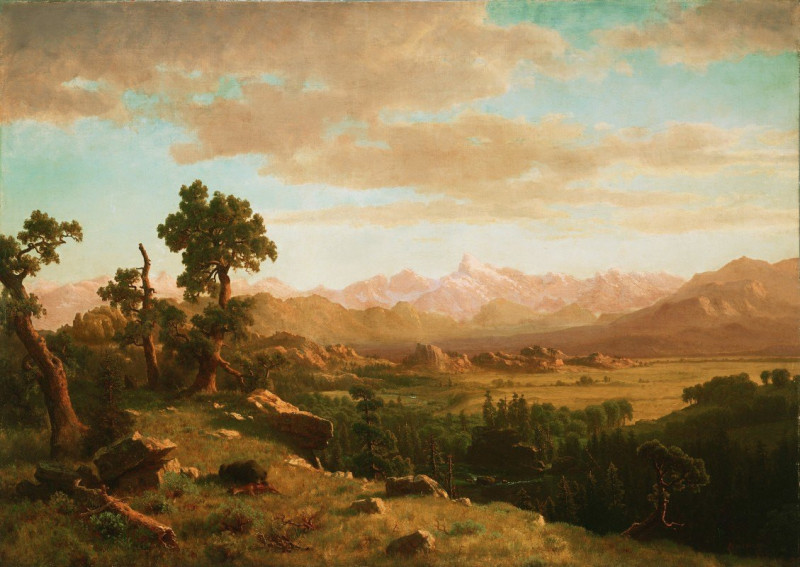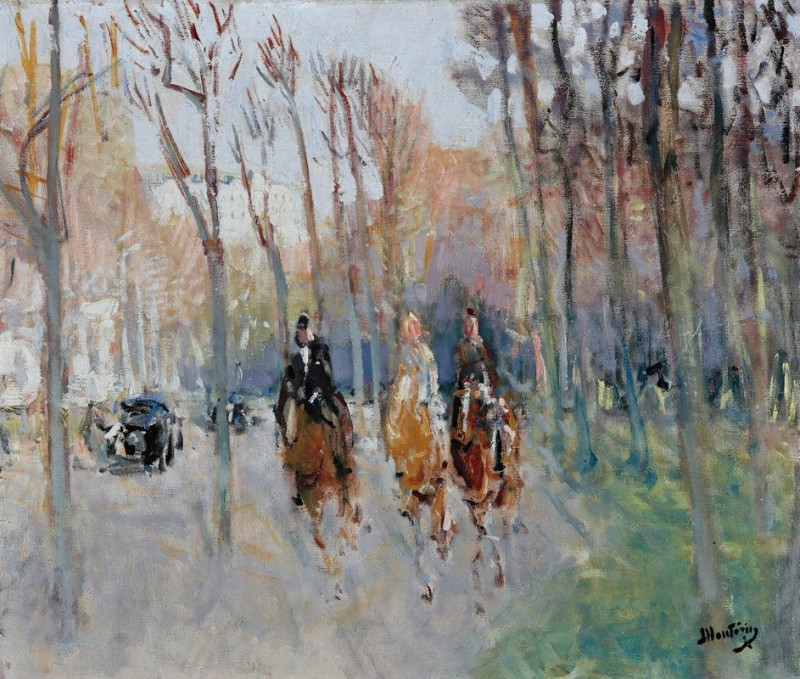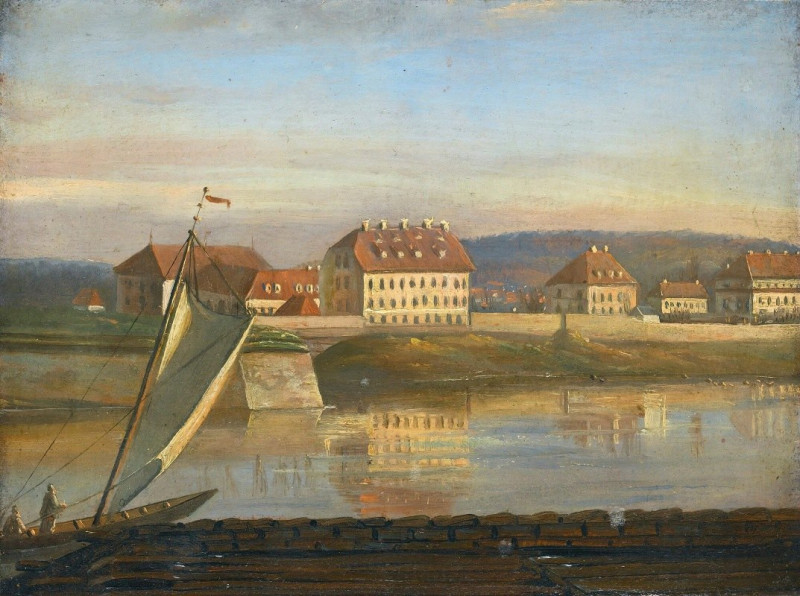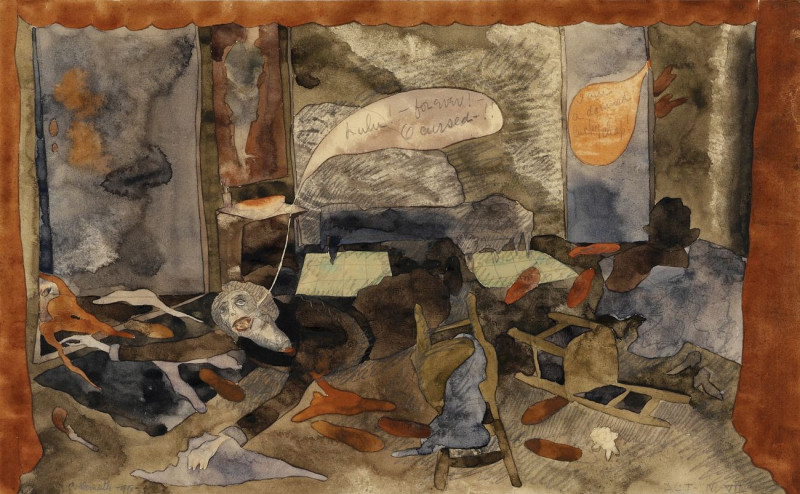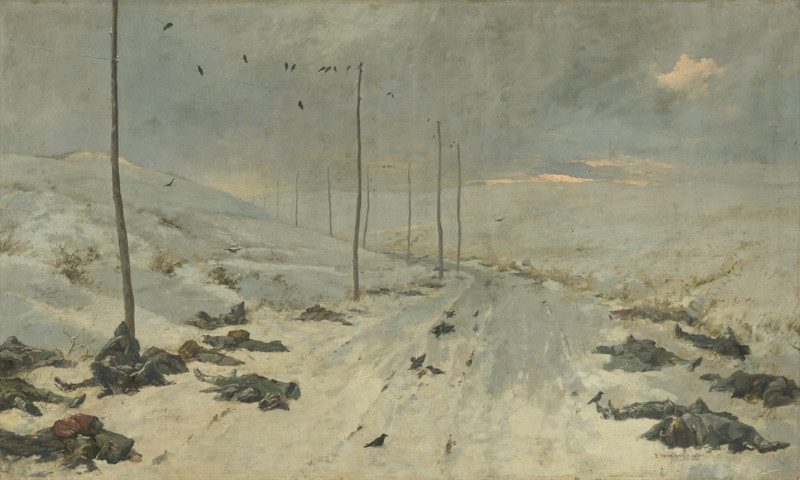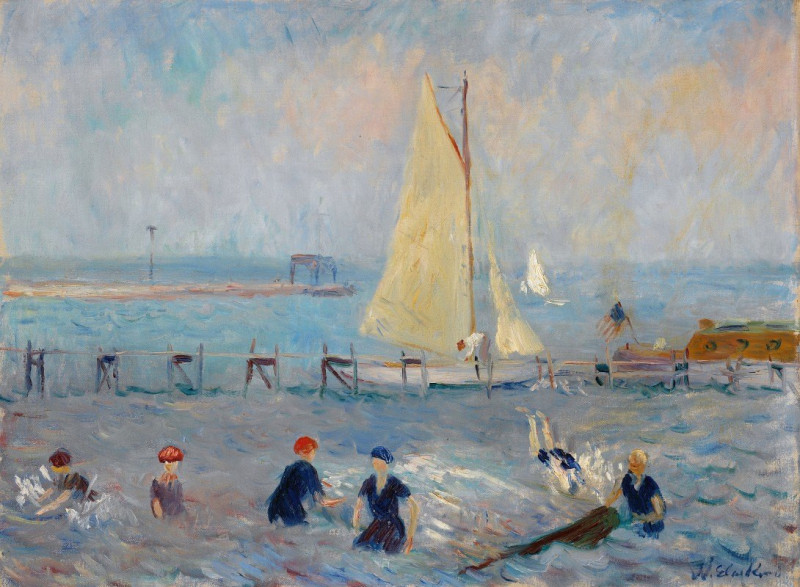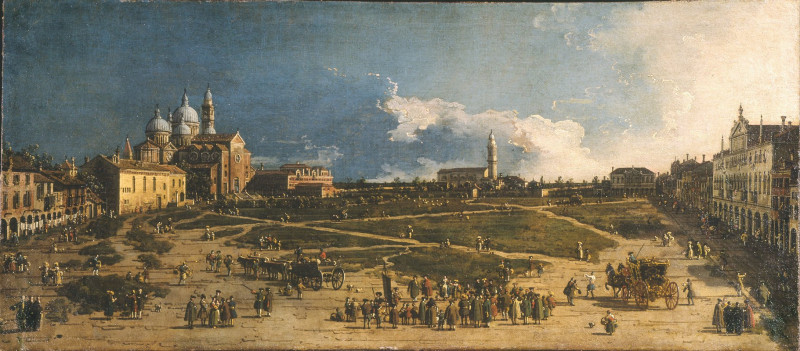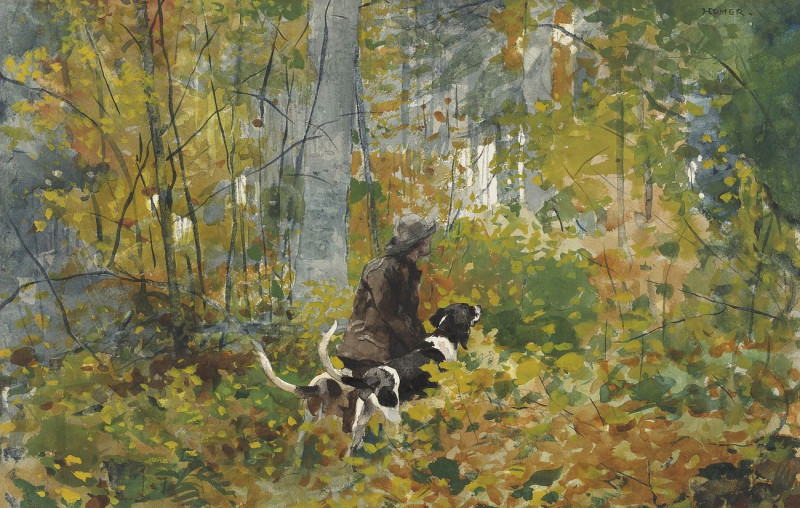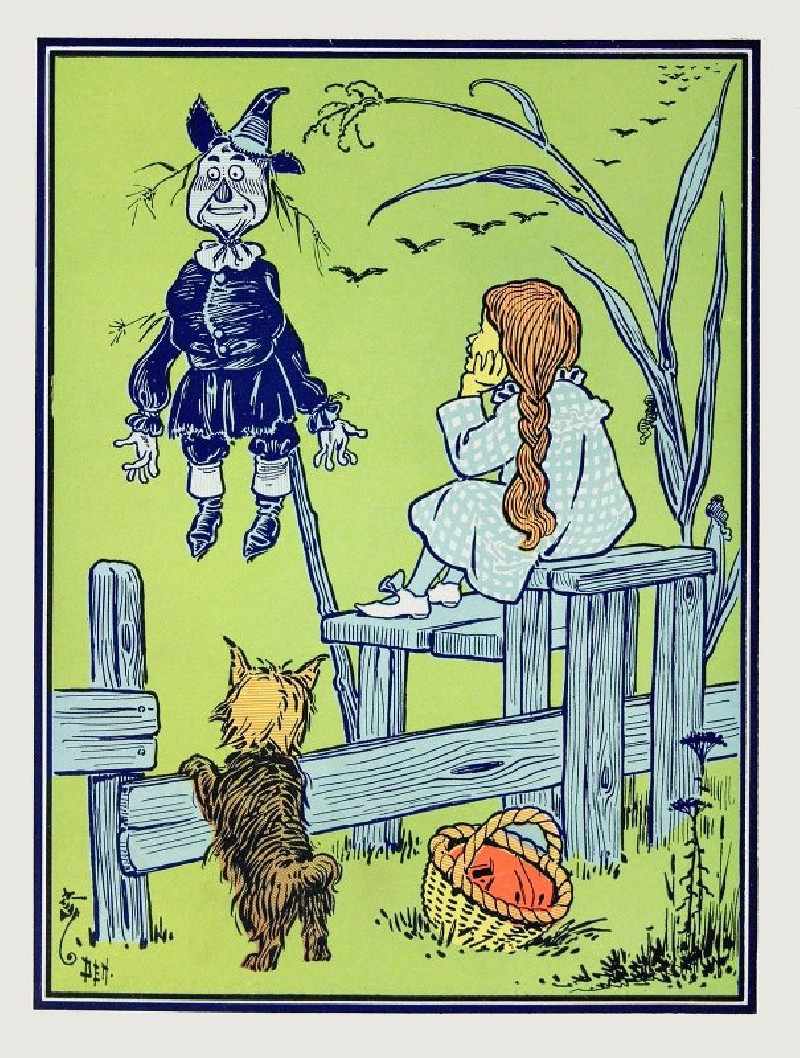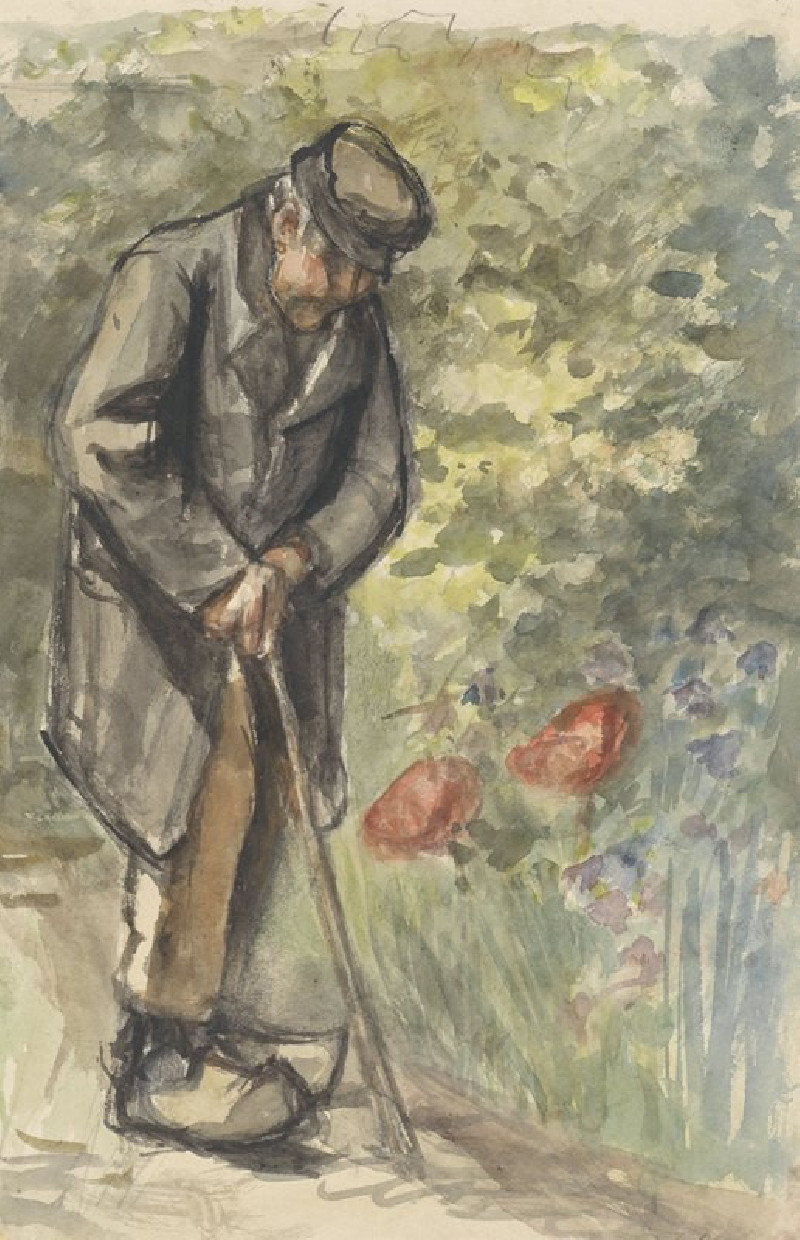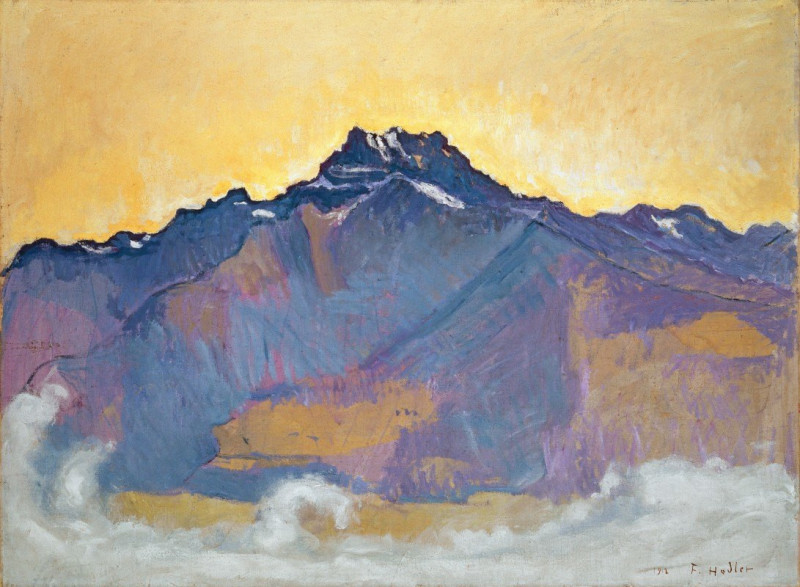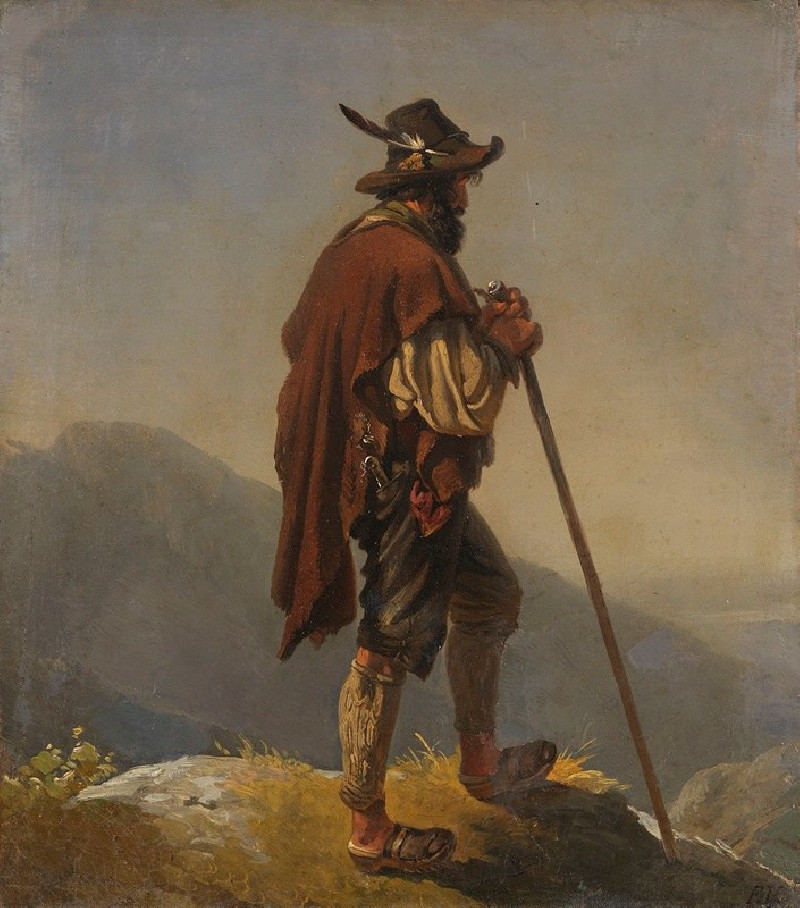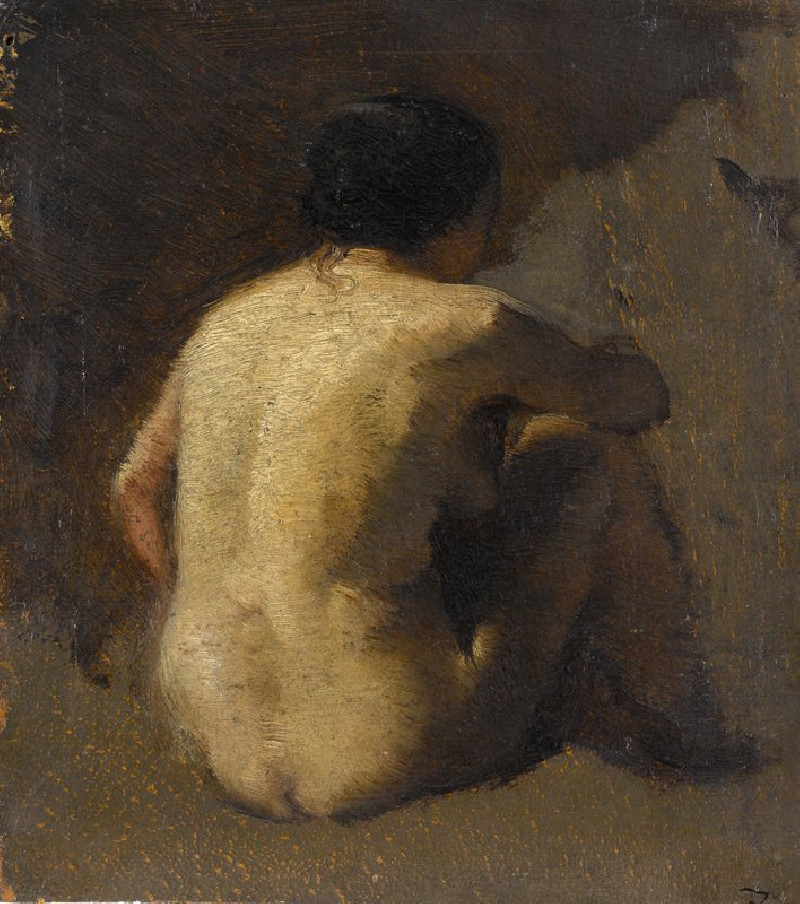Winter Landscape (1888)
Technique: Giclée quality print
Recommended by our customers
More about this artwork
Explore the serene beauty of Paul Gauguin's "Winter Landscape," an oil painting created in 1888 that captures the essence of a rural winter scene. This artwork reveals Gauguin's unique perspective during his stay in Pont-Aven, a commune in Brittany known for its picturesque landscapes.The painting depicts a modest village enveloped by a thick blanket of snow. The foreground features scattered snow-covered houses with dark, sharp roofs contrasting dramatically against the soft white of the snow. The cool palette consists of muted blues, whites, and unexpected hints of earthy reds and greens, suggesting the chill yet tranquil nature of winter.Tall, slender trees line the composition, directing the viewer's gaze toward the gentle hills in the background. The sky, a mixture of blue tones, adds a quiet dynamism to the scene, suggesting the fleeting, changeable weather of the season."Winter Landscape" stands as a testimony to Gauguin's lesser-known explorations into the landscapes of northern France, before his later, more recognized sojourns to warmer, exotic locales.
Delivery
Returns
Eugène Henri Paul Gauguin was a French Post-Impressionist artist. Unappreciated until after his death, Gauguin is now recognized for his experimental use of color and Synthetist style that were distinct from Impressionism. Toward the end of his life, he spent ten years in French Polynesia. The paintings from this time depict people or landscapes from that region.

